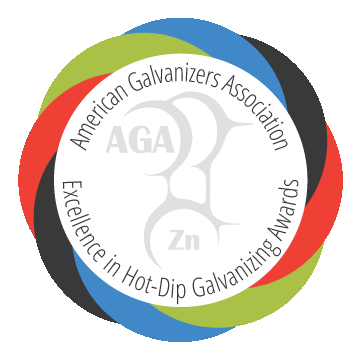Cape Disappointment Wave Barrier
Ilwaco, WA United States | 2006
 2006
2006
Menu • Quick Links • Search
Port Security Barrier Systems are used to protect U.S. military installations around the globe. These floating barriers thwart attacks by terrorists that use small vessels laden with explosives as mobile weapons targeting military ships and waterside installations. The second generation of port security barriers currently deployed in the San Diego Bay are owned by the U.S. Navy and are proprietary designs that are vastly updated from the first generation of barriers, and have a much greater level of impact resistance increasing what the Navy refers to as Force Protection.
The project consisted of recycling a total of 186 barriers with a coordinated transportation schedule to insure cost-effective solutions were in place and port security protocols were maintained.
It is illegal for recreational and commercial vessels to enter the highly-guarded security zones around the naval bases and their ships throughout the San Diego Bay. Vessels are forbidden from coming within 100 yards of Navy piers or within 300 yards of moored carriers. The U.S. Coast Guard vigilantly enforces security in these zones and individuals who enter without official written permission are subject to fine or imprisonment. These increased security measures were deemed necessary and put into effect directly as a result of the terrorist attack on the USS Cole in Yemen in 2001.
The barrier system was initially coated with a two-part epoxy that struggled to abate the harsh, corrosive marine environment. The Navy quickly decided they needed a more superior form of corrosion control. So they removed the painted barrier system in six unit sections and sent the material to be hot-dip galvanized deeming it would inhibit corrosion better and be more economical for the life-cycle cost of the product. The project consisted of recycling a total of 186 barriers with a coordinated transportation schedule to insure cost effective solutions were in place and port security protocols were maintained. The large fabricated tube steel frames with heavy plate saddles are a very innovative design that inter-lock together and are double-bolted to custom base platforms that float on top of the seawater, 24 hours a day, 365 days a year. The environmental oxidation is extreme due to the continuous spray of seawater that is constantly drenching the steel. Seawater contains a high concentration of mineral salts and chloride ions which are directly responsible for accelerating the corrosion process. Before re-installation, a standardized salt spray test was conducted to note the measure of the material endurance. The barriers were then put back into service and will be subject to routine spot inspections to validate their structural integrity.
Economical and time-tested, hot-dip galvanizing is the perfect sacrificial anode to extend the functional service life of the security barriers that play such a critical role in keeping our naval and waterside installations safe.
2013
Newly Complete
Water & Marine
Temperate Marine
San Diego, CA United States
Coating Durability, Corrosion Performance, Life-Cycle Cost, Prior HDG Experience, Sustainability, Turnaround Time
Tube truss frames, pipes, plate saddles and misc. tubes.
Steel: 438
HDG: 438
Ron Bernstein
Harbor Offshore Barriers
United States Navy
Valmont Coatings - Calwest Galvanizing
Thank you! Your vote has been accepted.